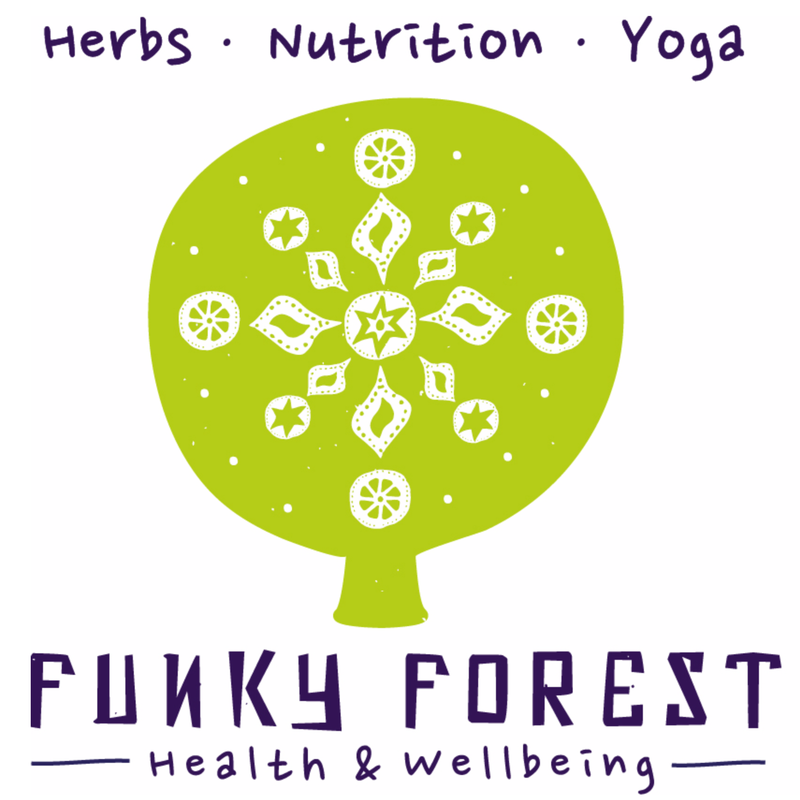Phase 2: The Pre-Ovulatory Phase
Phase 3: The Ovulatory Phase
In our culture, the biological processes that make women most powerful are also the ones that our modern culture fears, or at least views as problematic.
In ancient societies, menstruation, childbirth, and menopause were seen as crucial initiations that brought with them new heights of wisdom and respect.
Nowadays, menstruation is something to be ignored and hidden, labour and birth are heavily medicalised, and menopause is seen as a disease state to be managed.
Women are taught from a young age that periods are something to be ignored, in lieu of honouring our monthly need to become a little more introspective and shed what no longer serves us. "Onwards and upwards!" is what we are taught.
Advertising for sanitary products suggests that, during our periods, we should all be able to simply wear a tampon, don a pair of tight white jeans and ride a horse – to basically carry on with life as if nothing magical and attention-worthy were happening. Which it IS.
That doesn't mean that we shouldn't be active if we feel like it! Just that I think we ought to pay attention to our bodies throughout our menstrual cycle, and adapt accordingly.
Let's start with the first day of bleeding - The Menstrual Phase.
Phase 1: The Menstrual Phase
My fertility yoga training has certainly taught me that yoga during menstruation should be gentle and slow, if we even practice at all.
Among a few key principles of yoga during menstruation, I was taught that there should be NO inversions. This is something that I innately agree with during the first few days of my bleed. I don't feel like going upside down, which ties in with Chinese medicine and Ayurvedic principles of encouraging the downward and outward movement of blood and chi or prana at this time.
That said, many women actually feel a sense of emotional and physical relief once they begin bleeding.
According to physiologist Stacy Sims, this is the time of your cycle when your hormonal profile is most like a male's: oestrogen and progesterone levels are at an all time low.
I personally feel like my PRE-menstrual phase is the time for me to slow down and pull back on training, whereas during menstruation I feel a renewed sense of vigour. Once the first day or two of heavier bleeding have passed I usually have the urge to get outdoors, go for long contemplative walks, and ease into my strength routine again. But I'll come back to this.
First I want to touch on some nutritional tips for nourishing your body during your bleed.
1. Keep energy + blood sugar levels steady
Balance your blood sugar levels by eating healthy carbs. And please don’t cut out carbohydrates all together - now is not the time to be keto or intermittent fasting!
Too low carbs can lower your serotonin levels, leaving you feeling depressed and impeding on proper sleep. Slow burning carbs such as root vegetables, wholegrain and legume-packed stews.
You may notice that in the menstrual phase those carbohydrate cravings start to subside. During pre-menstrual phase it's was very much a case of, "Give me ALL the carbs!"
In the high hormone (pre-menstrual) phase metabolism goes up 150-250 calories a day, which is equivalent to the energy requirements in the first trimester of pregnancy.
That's an extra snack each day!
We're craving more food because we need more food. Don't hold off then binge, which just leads to the starve-binge-shame cycle.
Women don't do well on keto or intermittent fasting because they essentially need carbohydrate. We rely more on blood sugar than any kind of stored carbohydrate.
Eat fruit if you're craving sugar, as fruit is high in valuable macro- and micronutrients. There's a time and a place for a snickers bar, but for the most part go for nutrient dense foods. I'll discuss this more in a blog/podcast on nourishing the premenstrual phase.
2. Replenish iron
TCM has a special focus on nourishing blood during this time. Replenish iron lost during menses by including haem (animal-derived) sources like grass-fed red meat, oysters, mussels, eggs, and liver (see my famous liver pate recipe here!)
Non-haem (plant-derived) sources include greens (kale, spinach, bok choi, silverbeet). A bonus of consuming those cruciferous vegetables is that they help metabolise and eliminate excess oestrogen.
Other non-haem sources are lentils and other beans, cashews, prune juice, figs, and blackstrap molasses. Also add foods containing vitamin C to enhance iron absorption, these include broccoli, grapefruit, kiwi, leafy greens, melons, oranges, peppers and strawberries and lemons.
Heavy periods put you at greater risk of developing anaemia. Symptoms of anaemia include fatigue, shortness of breath, feeling light-headed, pale mucous membranes e.g. eyelids and nail beds, and heart palpitations while you're exercising.
The risk is even greater if you're athletic due to the increased muscle stress, damage and inflammation from high levels of cortisol following hard training sessions. High cortisol causes the liver to release more of the hormone hepcidin, which negatively impacts iron absorption.
For those who bleed heavily an iron supplement may be warranted – get your blood tested and consult a health practitioner like your GP, dietitian or naturopath for advice.
It's really important not to supplement UNTIL you get blood tests since taking too much iron or the wrong form of it can cause problems as well.
3. Magnesium for Uterine cramps
While some people feel little to no pain during menstruation, for others it feels hella painful and downright debilitating.
The best way to minimise your troubles is to plan ahead. In late luteal phase, 5-7 days before your period starts you can try taking magnesium, omega-3 fatty acids, and other anti-inflammatory foods and herbs e.g. turmeric, chilli, dark chocolate, fish, and extra virgin olive oil. Physiologist Stacy Sims recommends 80mg aspirin which suppresses the production of PE-2 irreversibly.
As a nutritionist and soon-to-be naturopath, I err towards trying anti-inflammatory foods and herbs first due to the problems with long term aspirin use, e.g. gastric ulcers and bleeding. Include plenty of omega-3 fatty acid rich foods such as oily fish, organic eggs with the yolk, nuts and seeds including flaxseed and hemp seeds.
Garlic, ginger and turmeric are also anti-inflammatory. TCM also says that ginger helps keep your body warm and aids digestion. BONUS!
Taken daily, magnesium may prevent dysmenorrhea (menstrual cramps) in some people (1). It works by relaxing the smooth muscle of the uterus and by reducing the prostaglandins that cause period pain (1,2). Whole grains, dark green, leafy vegetables, nuts and legumes all contain magnesium. A magnesium supplement, bath or spray can also help.
Like magnesium, zinc is also used heavily in the building of, and shedding of the uterine lining. The best source of zinc is oysters, but it's also plentiful in red meat and poultry. Other good sources are beans, nuts, crab, lobster, whole grains, breakfast cereals, and dairy products.
4. Be kind to your tummy
This has a lot to do with the prostaglandins that cause uterine contractions and shedding.
Know your body and its limits and consider giving yourself multiple chances to go to the toilet during the day! Warm, cooked, fermented and sprouted foods may be easier to digest at this time. Iberogast for those who suffer from IBS and notice it worsens at this time of the month. Iberogast contains angelica, chamomile, peppermint, licorice and other soothing carminative digestive herbs.
5. MIGRAINES? Say NO! (NITRIC OXIDE, that is)
They're caused by the change of blood pressure and sudden dilation and constriction of blood vessels (3). To keep these at bay, stay hydrated and eat more nitric oxide (NO)-rich foods e.g. beetroot, pomegranate, spinach, watermelon in the days leading up to the start of your period. These promote dilation and reduce the severity of those haemodynamic shifts.
Migraines and tension headaches can also be alleviated by magnesium, so double points for that mineral!
6. Energetics: Add warmth and moisture
TCM also places significant importance on eating foods according to the seasons. As we’re only just coming out of winter, warm foods like vegetable soups, hearty stews and bone broths which contain valuable amino acids and collagen are helpful.
Ayurveda teaches that during menstruation, our agni or digestive fire is naturally low and can worsen with cold or heavy foods. Similarly in the days before and during your period, TCM recommends avoiding extremely cold or raw foods like ice cream, iced drinks, and sushi. These foods are overly yin in nature, slowing down blood in the uterus. Instead, try to eat and drink warm and cooked foods.
This is the time to have your comfort foods and easy to digest warming slow cooked foods like casseroles, stews, soups, bone broth, whole grains and root vegetables. Your body needs to create a healthy new uterine lining, so it is essential to get adequate amounts of slow releasing carbs, good fats and healthy proteins as mentioned in point number 1.
6. Listen to your body
Romantic ideals I've learnt in women's circles and shamanic womancraft movement: be quiet, be still, go within. But can these be limiting?
Physiology shows that in the low-hormone phase, there is less hormone-driven sympathetic drive - fight or flight response, adrenalisation. Without all those stress hormones floating around, our bodies are more resilient to stress, including the stress of exercise or resistance training.
After ovulation occurs, progesterone rises. Whilst progesterone has many wonderful effects, it also induces more sympathetic dominance, reducing our ability to get into a parasympathetic "rest and digest" state.
So counter to the many sources saying we should be still during our bleed, training during your period is one of the best ways to capitalise on that more male-like hormonal profile! Women can access carbohydrates well especially from our glycogen stores in our liver and muscles. We can hit high intensities and recover pretty well from that training stimulus quickly because of our enhanced resilience to stress.
Our immune systems are also more resilient before ovulation in those menstrual and follicular phases. This makes sense because the body is generating the best possible conditions to support a fertilised egg.
So as much as I love yin yoga on your period, don’t be perturbed if you feel like hitting it hard! Sometimes I wonder if some of this mentality is perpetuated by the historic marginalisation of women. If you're feeling up for it, your body can handle it and you may make serious headway in improving your strength and fitness in this time.
This is the first of five in a series where I explore the phases of the menstrual cycle and how to best honour them using nutrition. Stay tuned for Part 2 - Nourishing Your Pre-Ovulatory Phase!
In bloody solidarity and health,
Casey x
References
2. Seifert, B., Wagler, P., Dartsch, S., Schmidt, U., & Nieder, J. (1989). Magnesium--eine therapeutische Alternative bei der primären Dysmenorrhoe [Magnesium--a new therapeutic alternative in primary dysmenorrhea]. Zentralblatt fur Gynakologie, 111(11), 755–760.
3. Gallai, V., & Sarchielli, P. (2000). Nitric oxide in primary headaches. The Journal of Headache and Pain, 1(3), 145–154. https://doi.org/10.1007/s101940070036
PMCID: PMC3611788





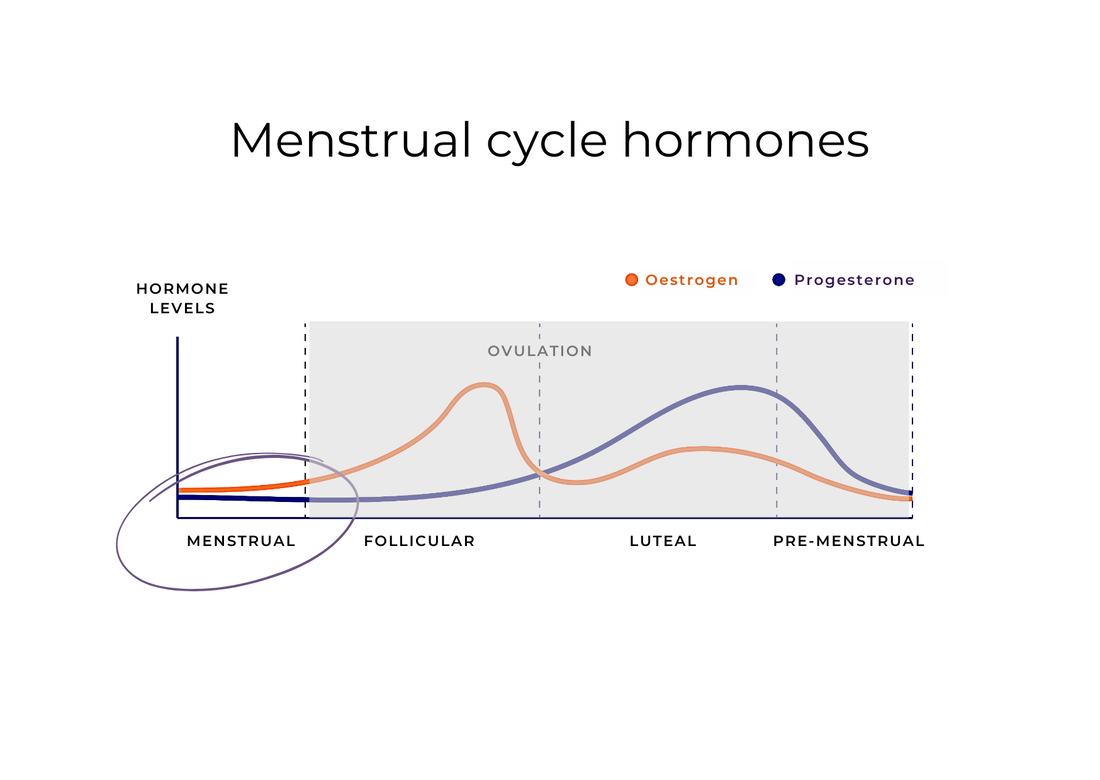

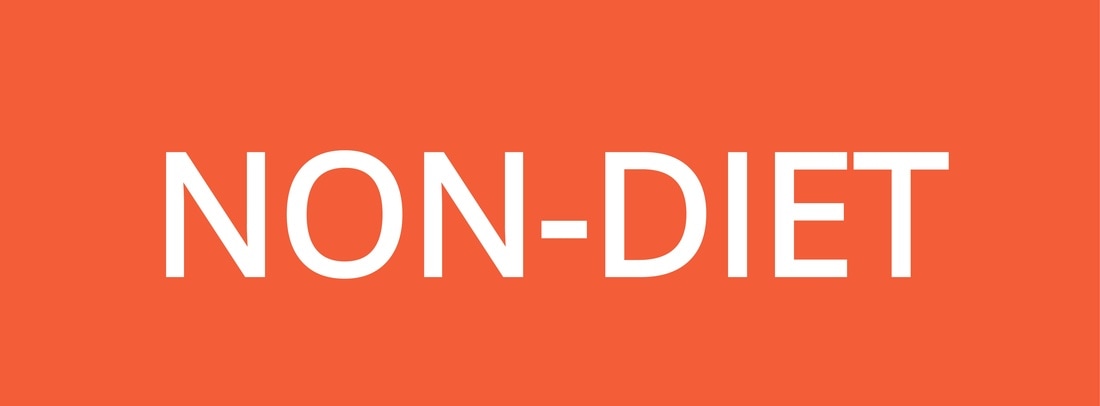


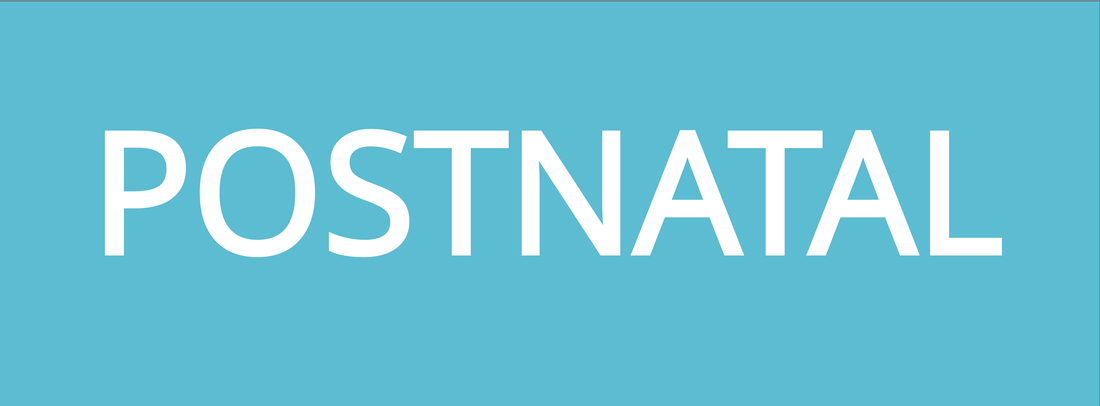
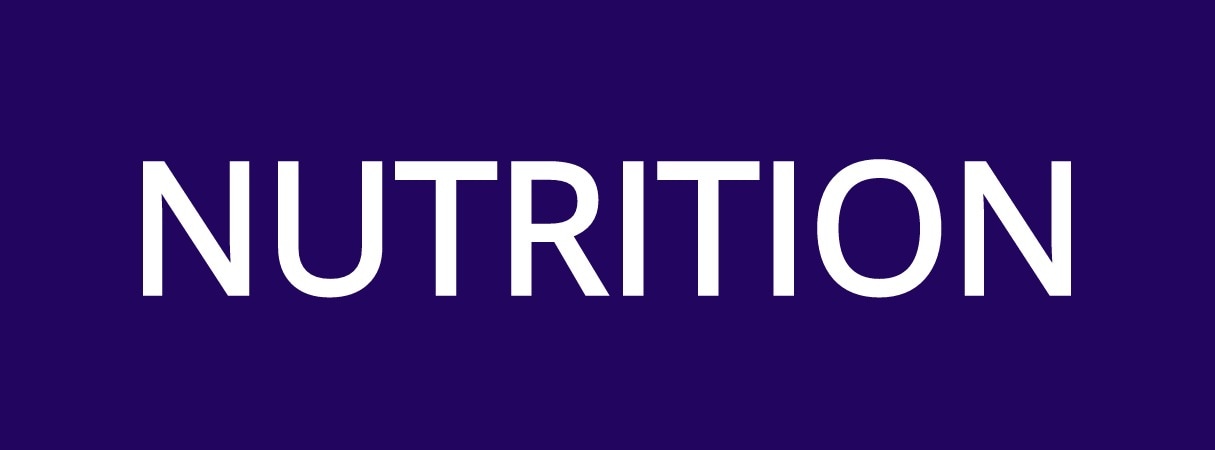

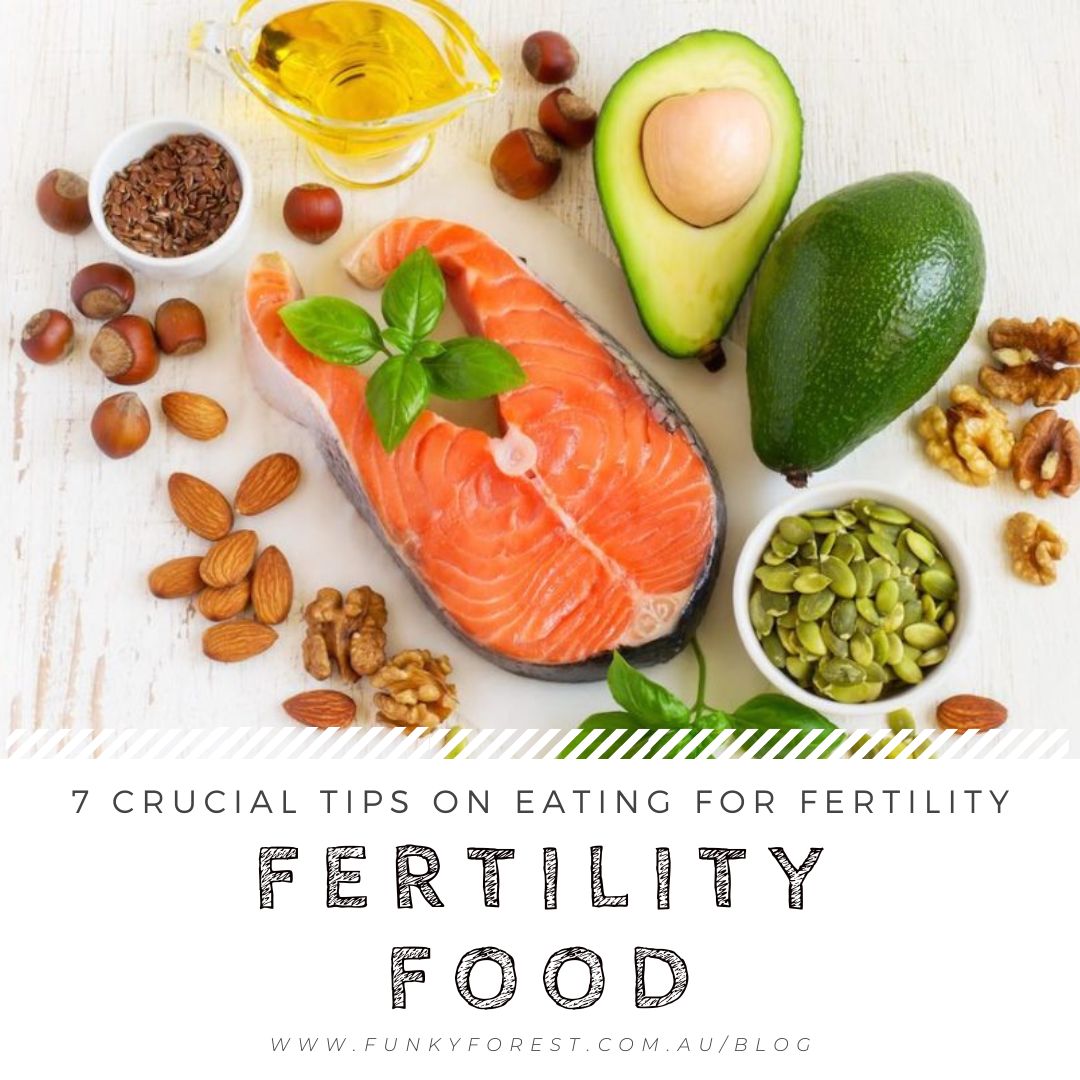
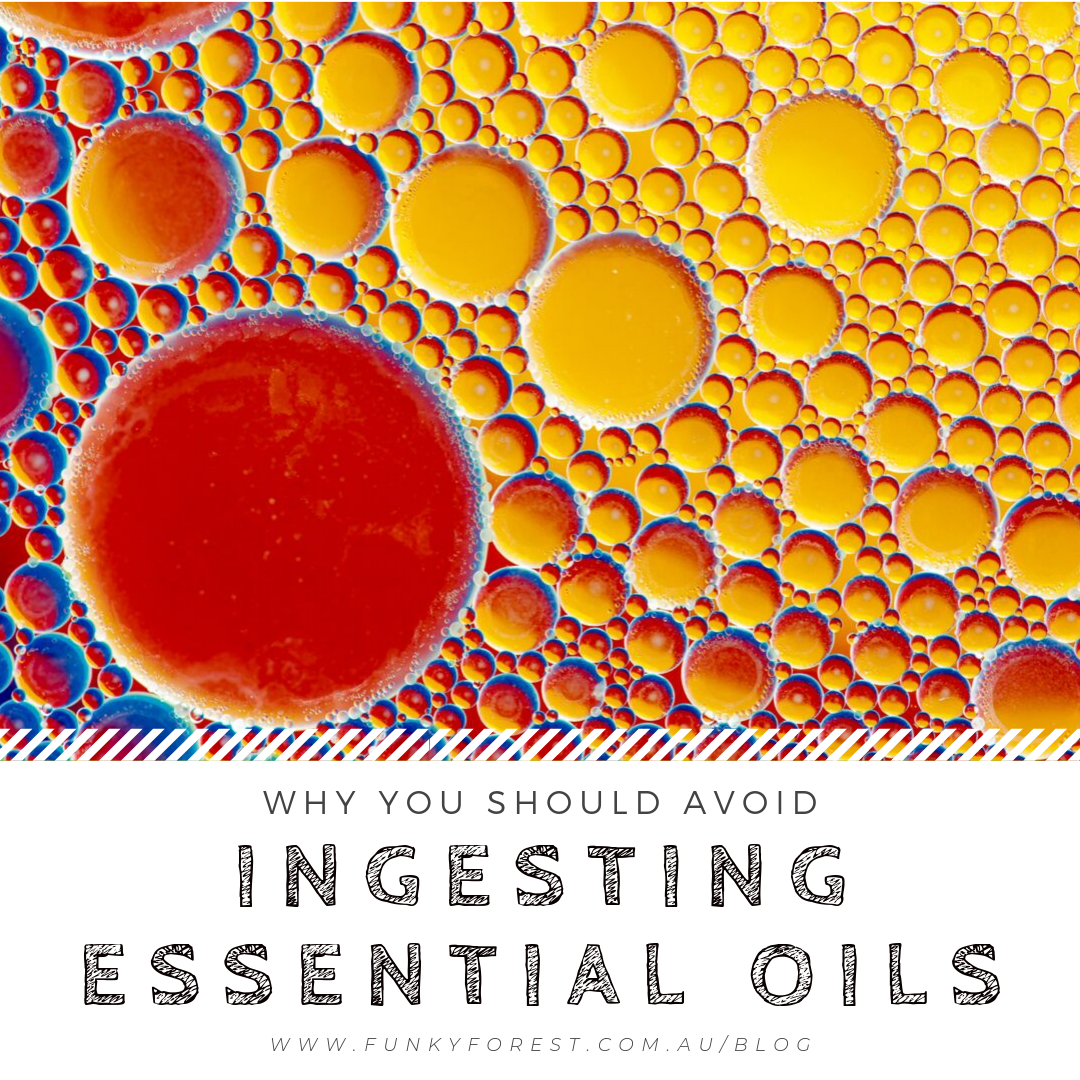
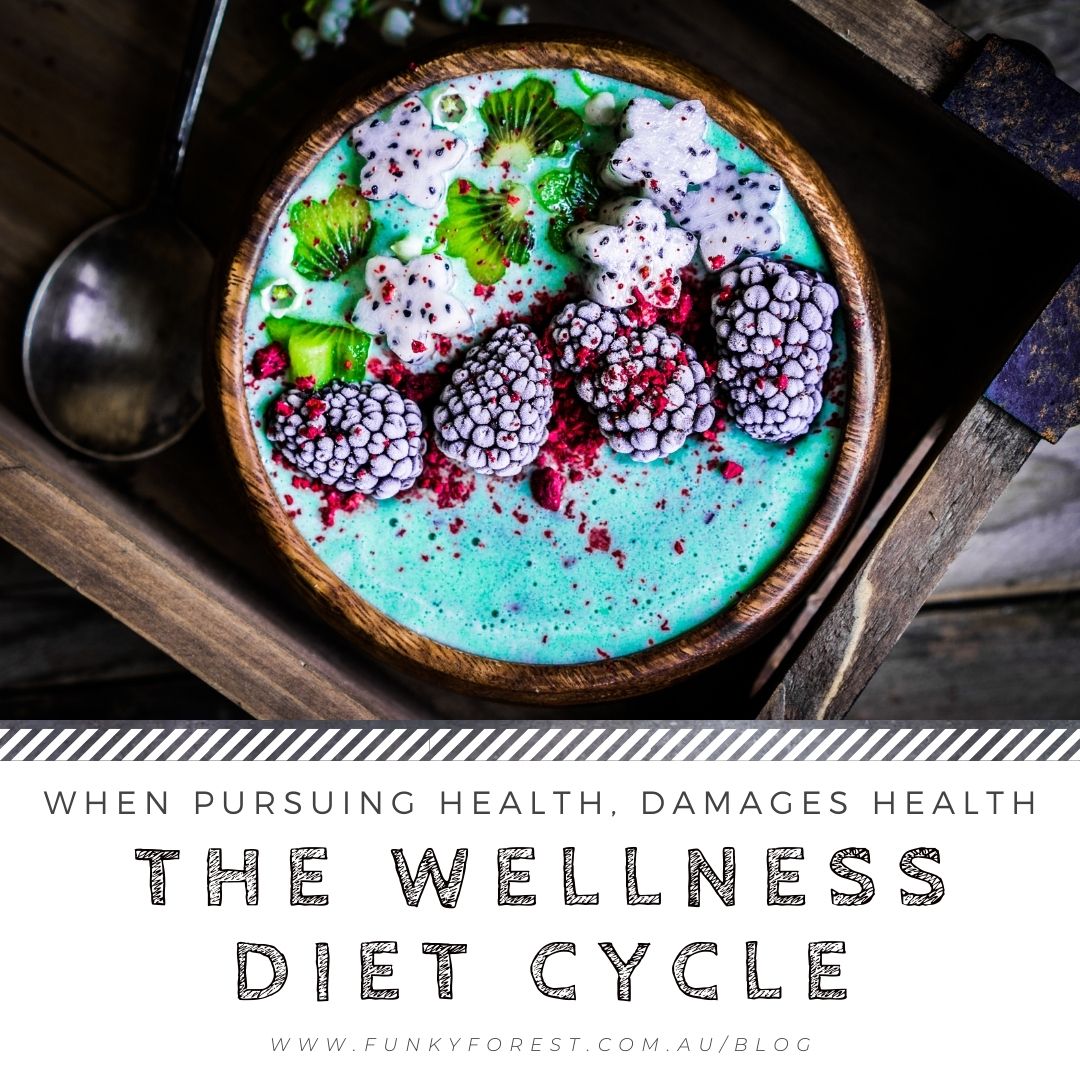
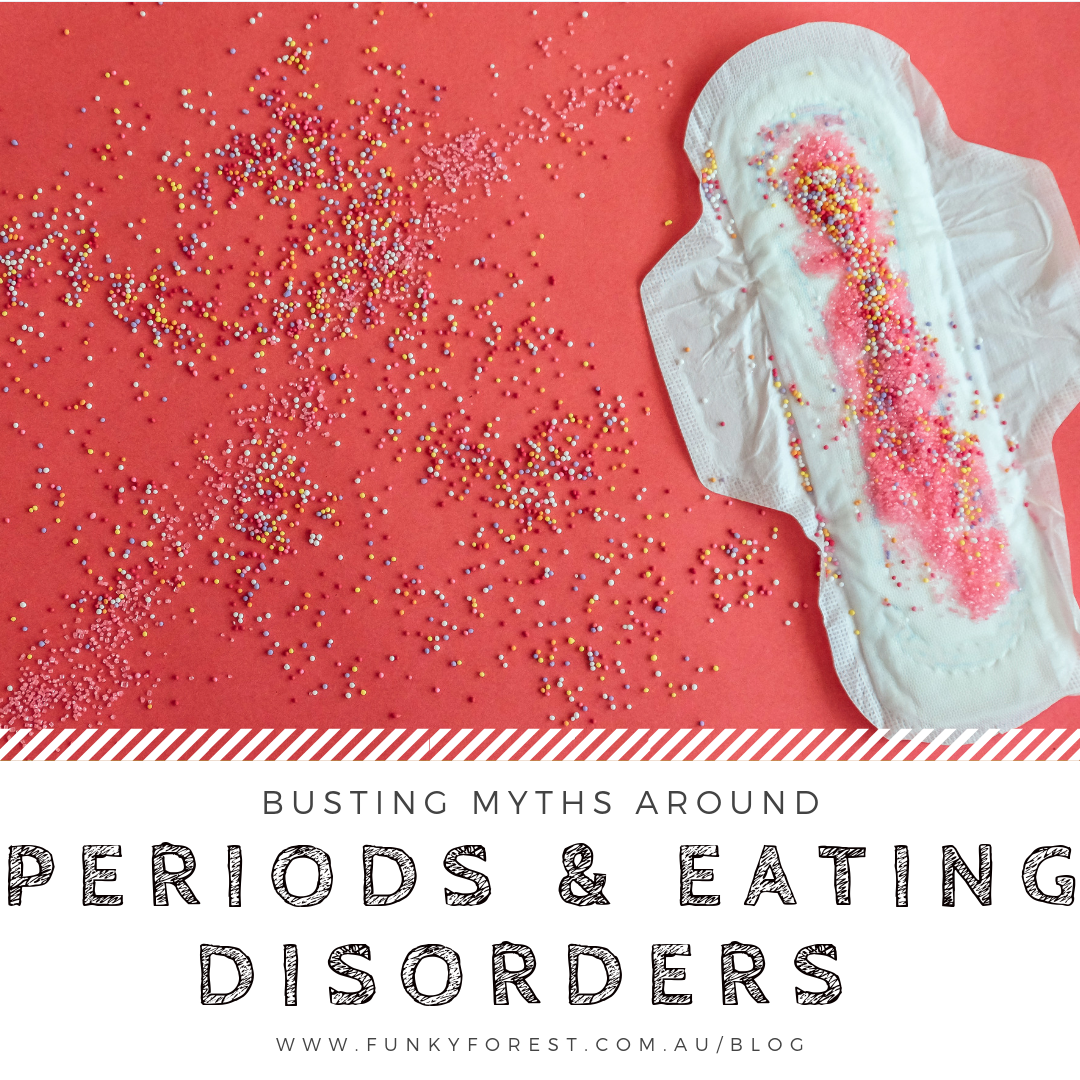
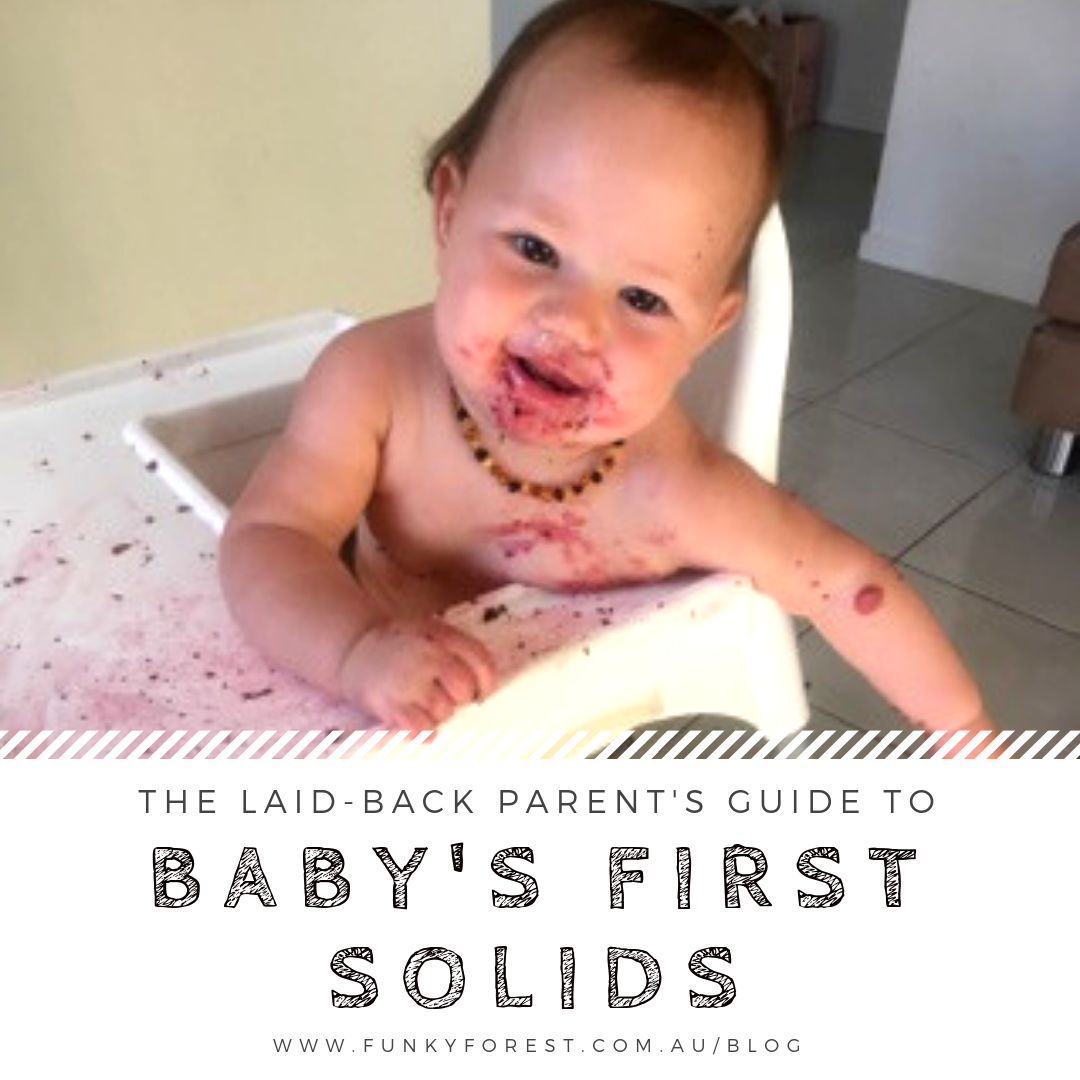

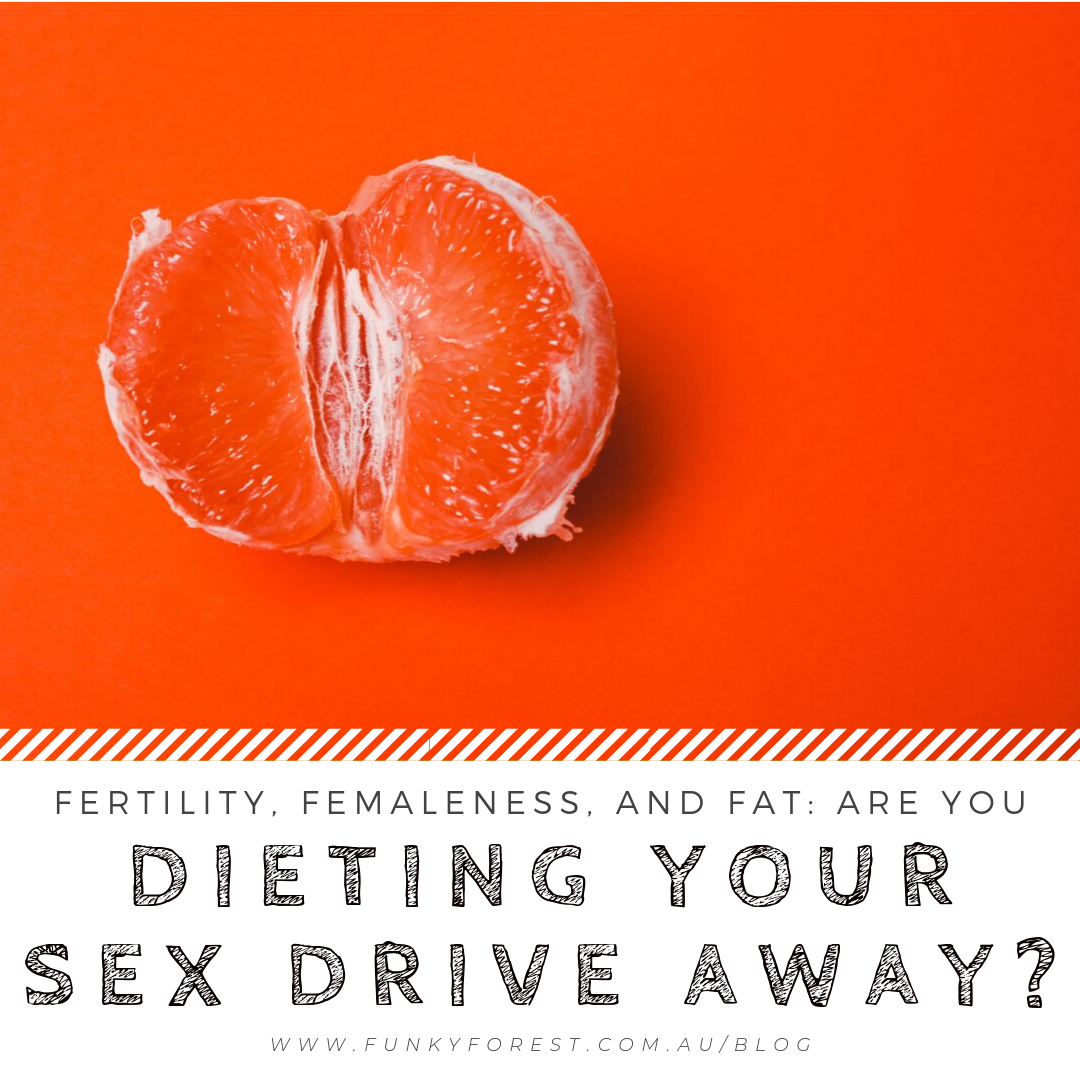



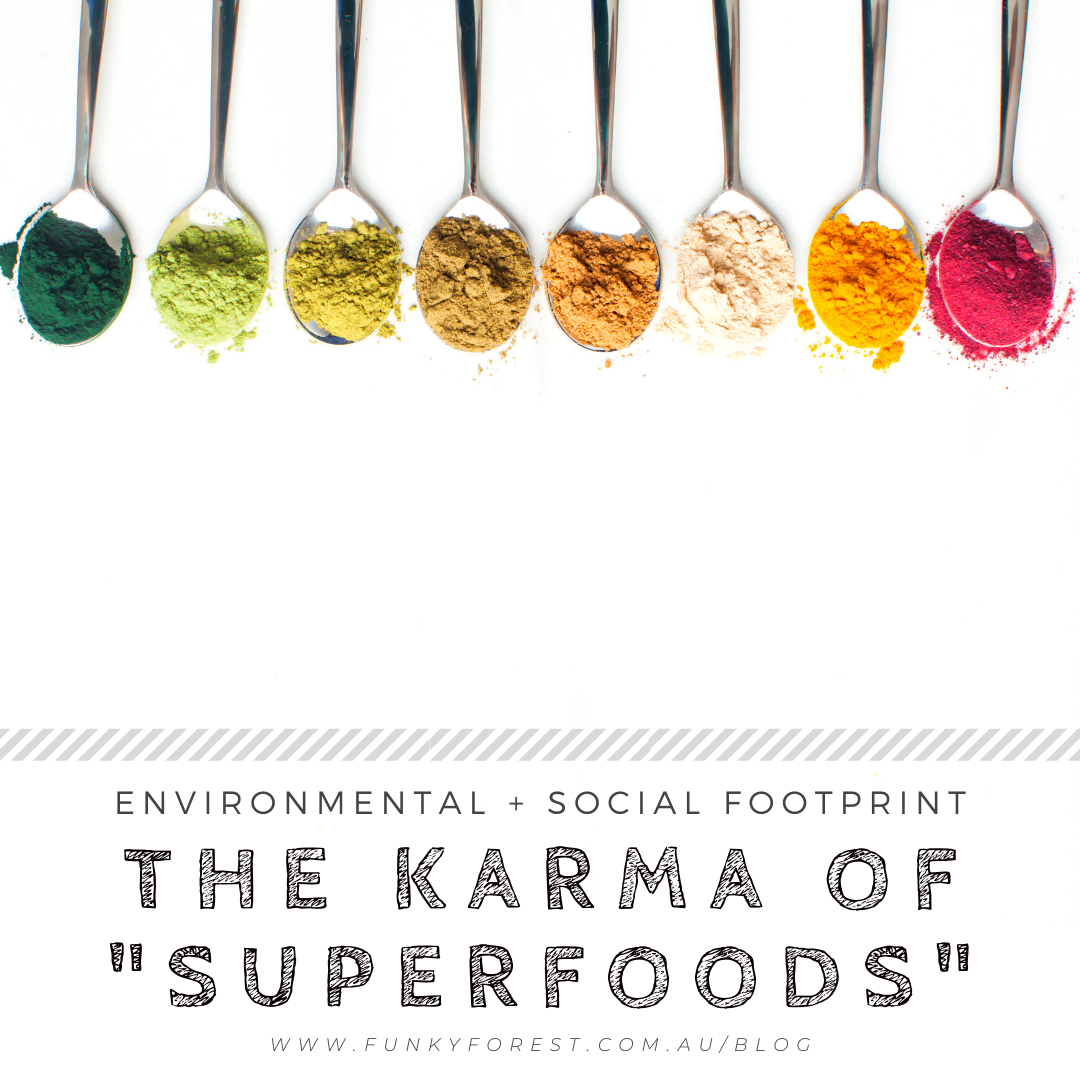
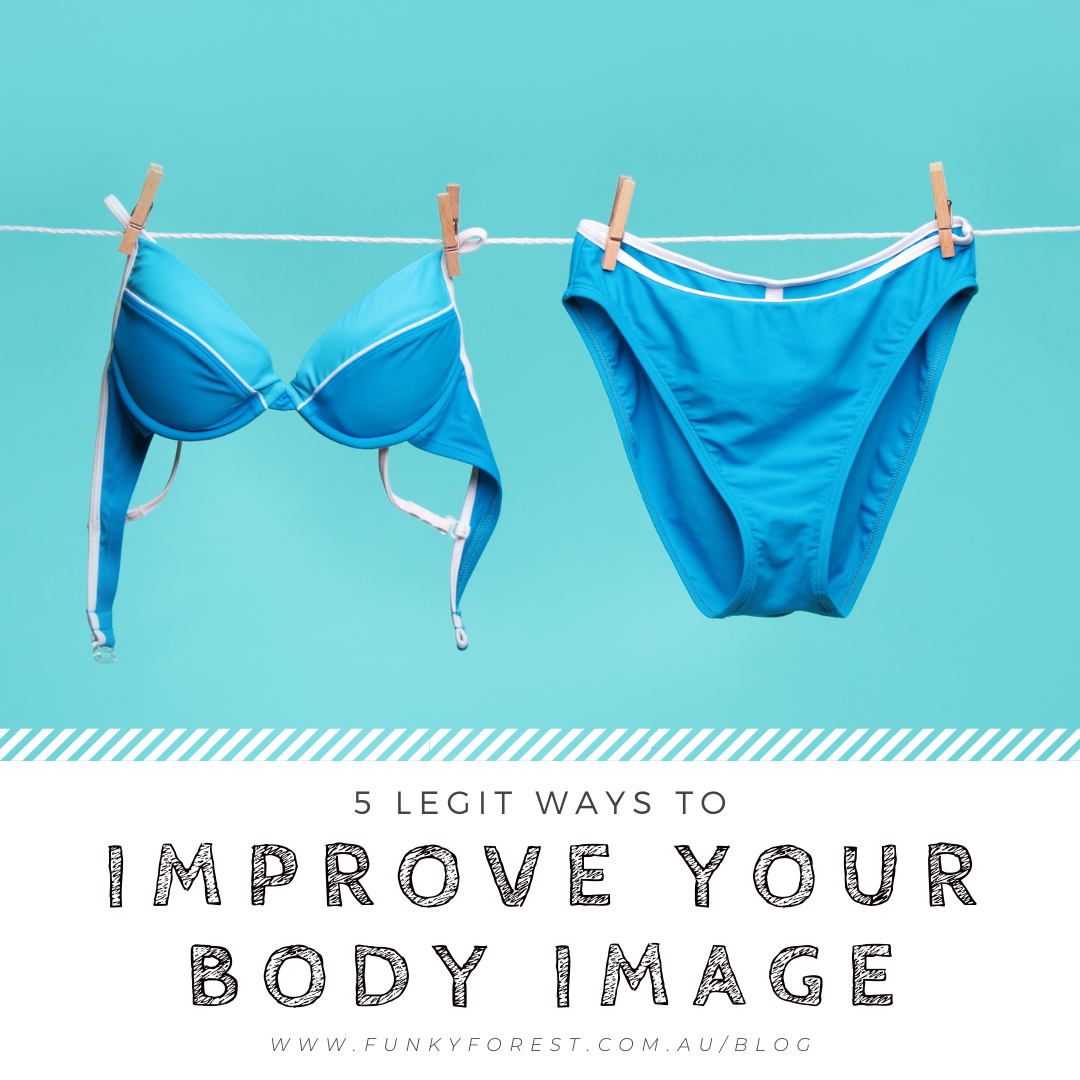

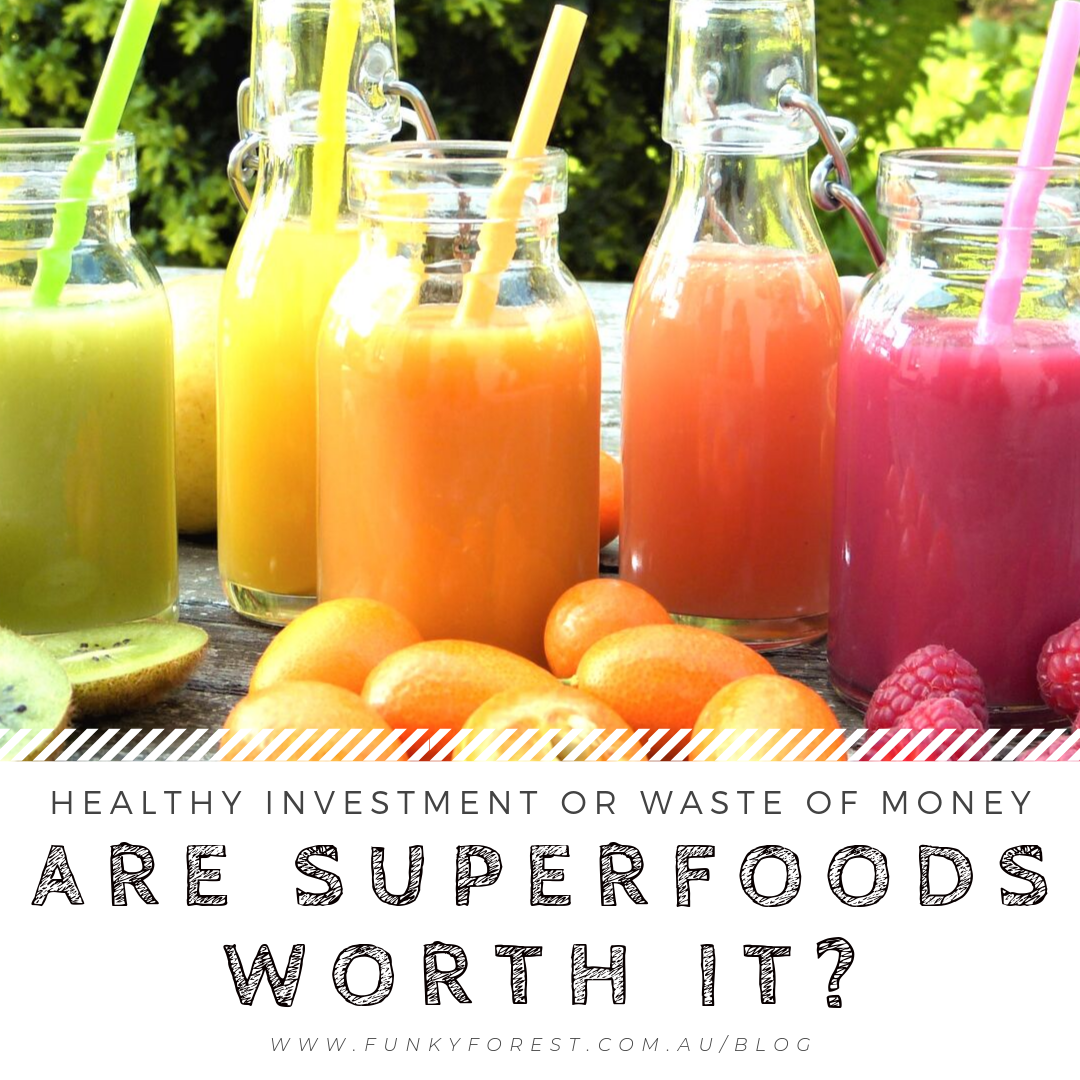

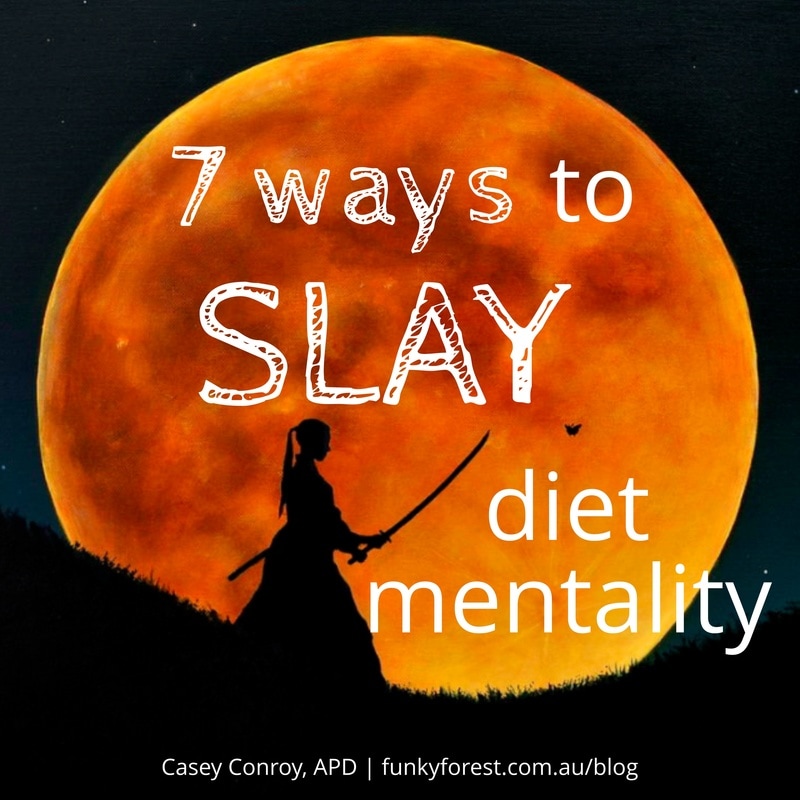
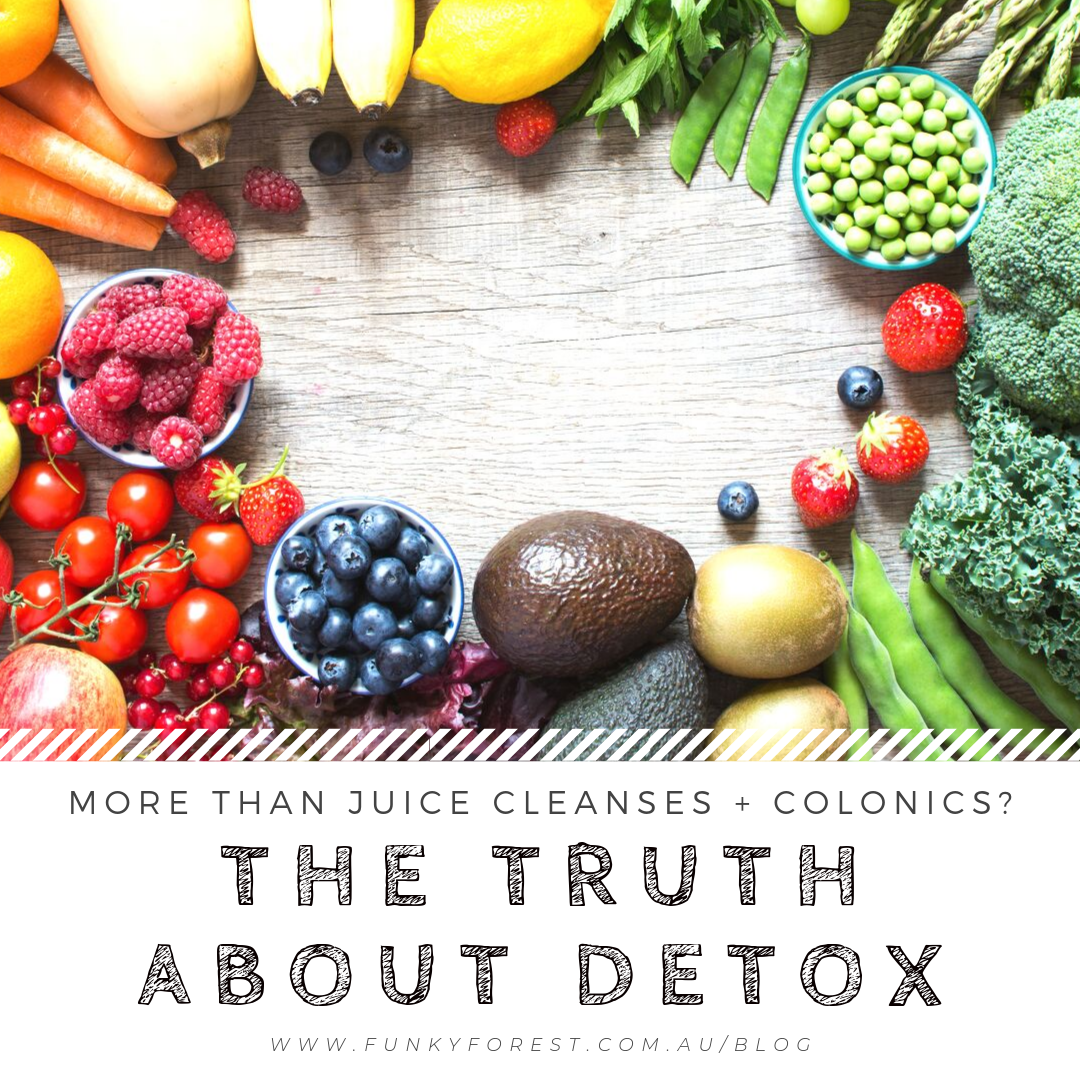
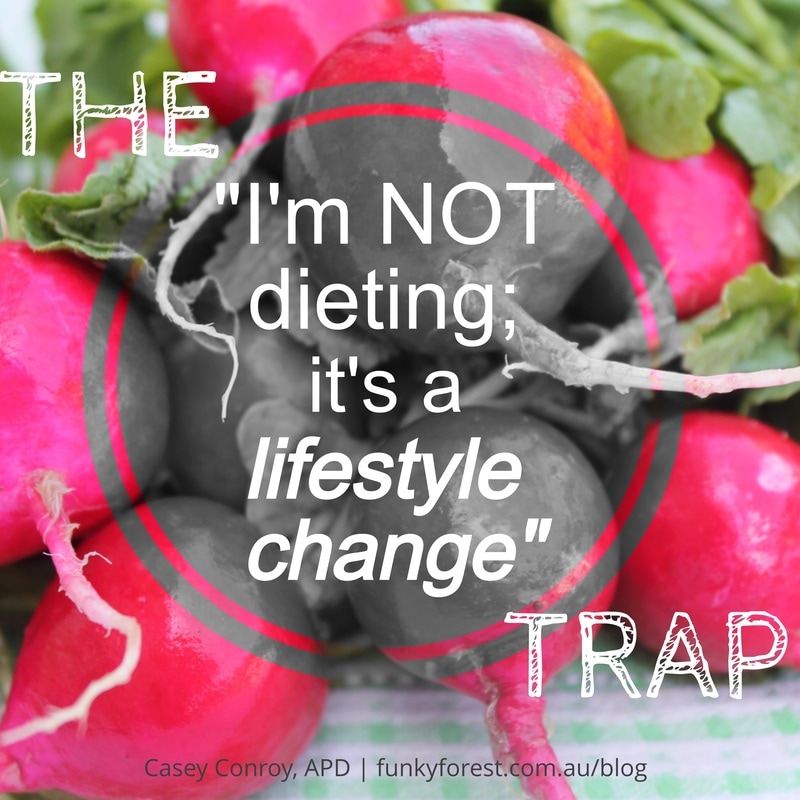

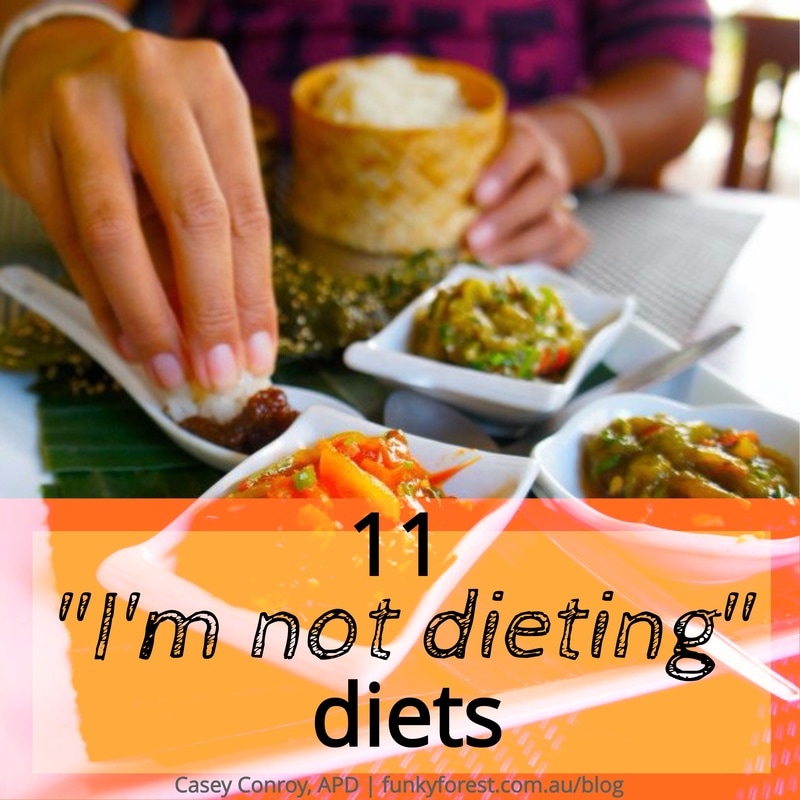

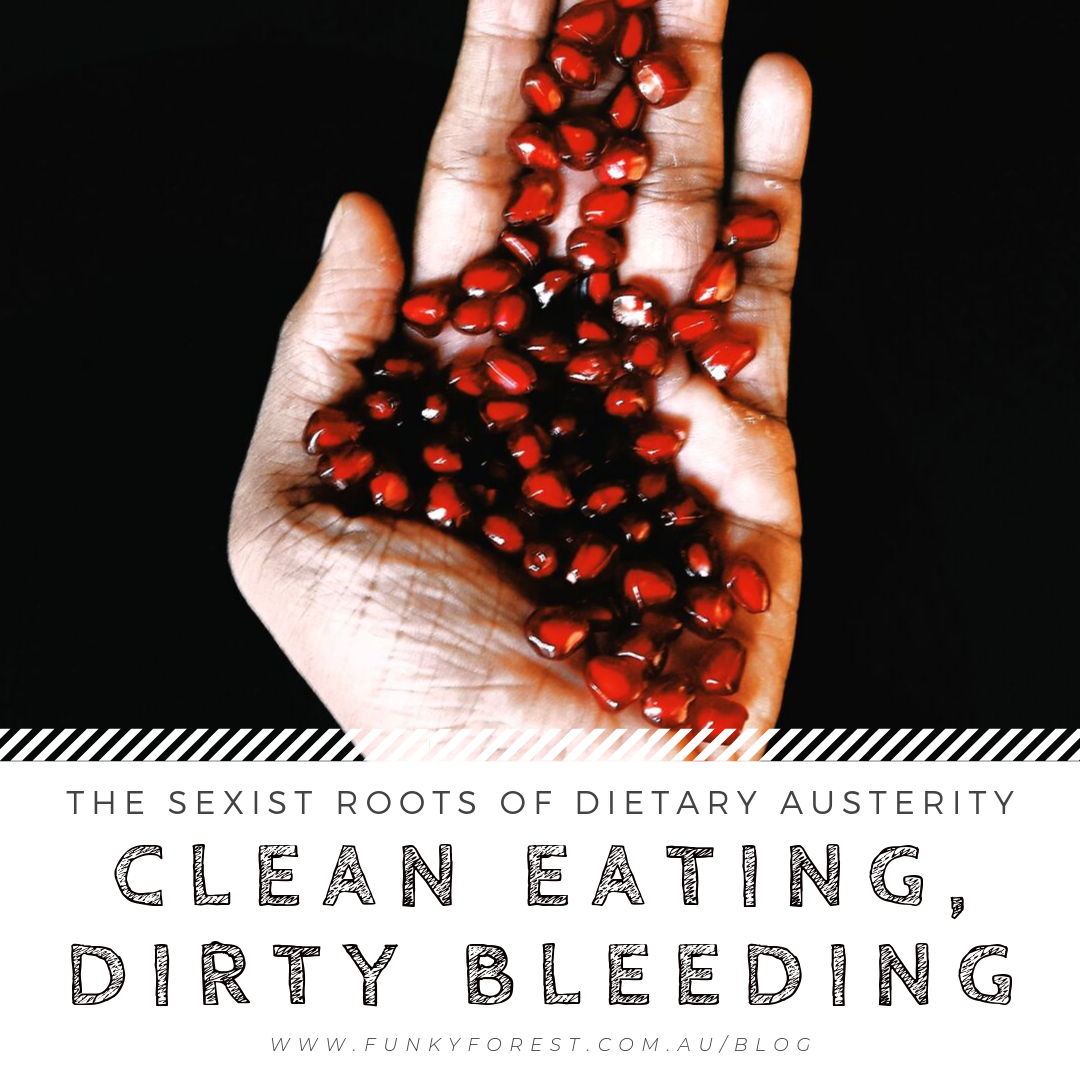
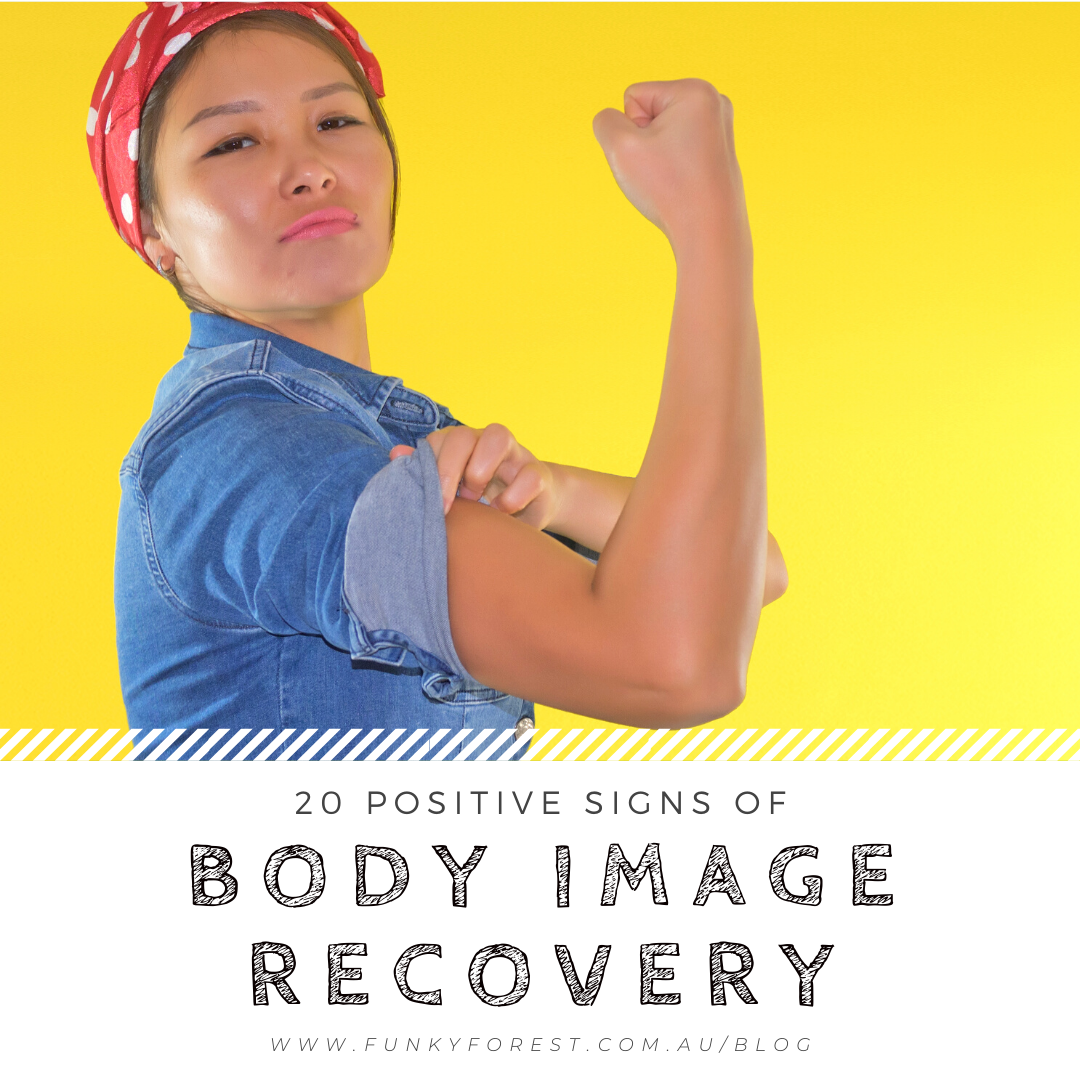
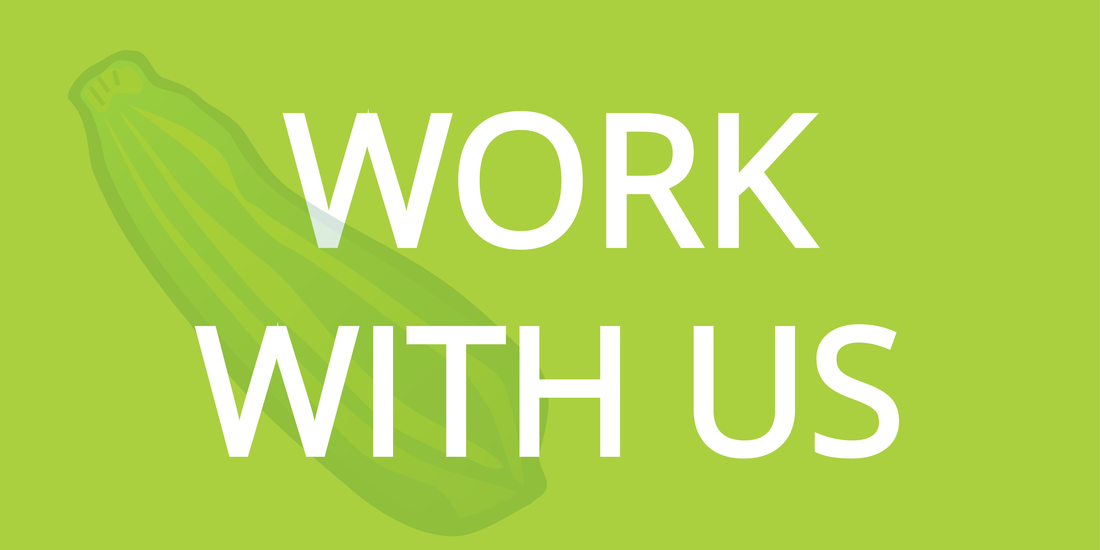
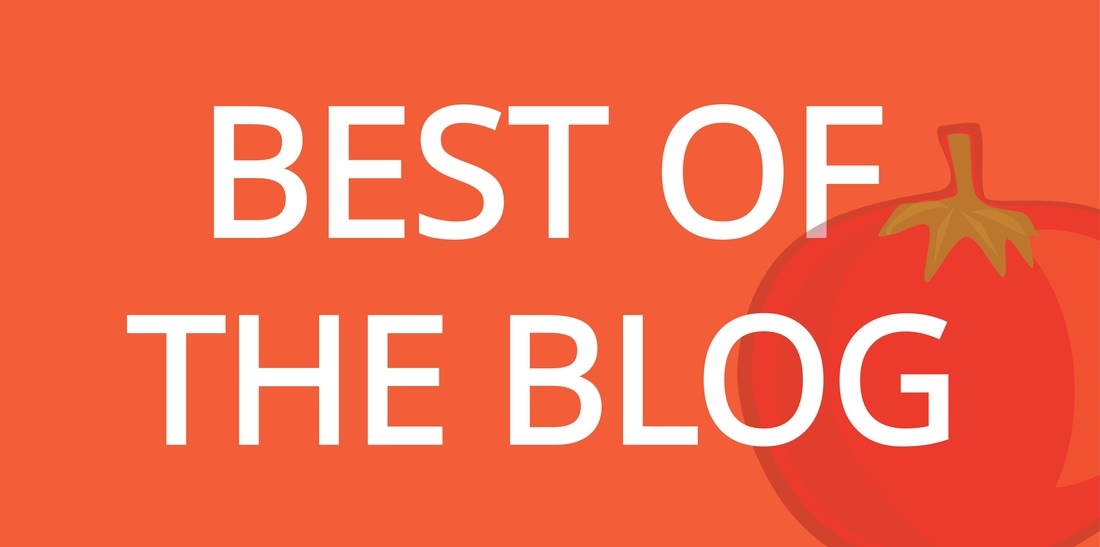

 RSS Feed
RSS Feed



